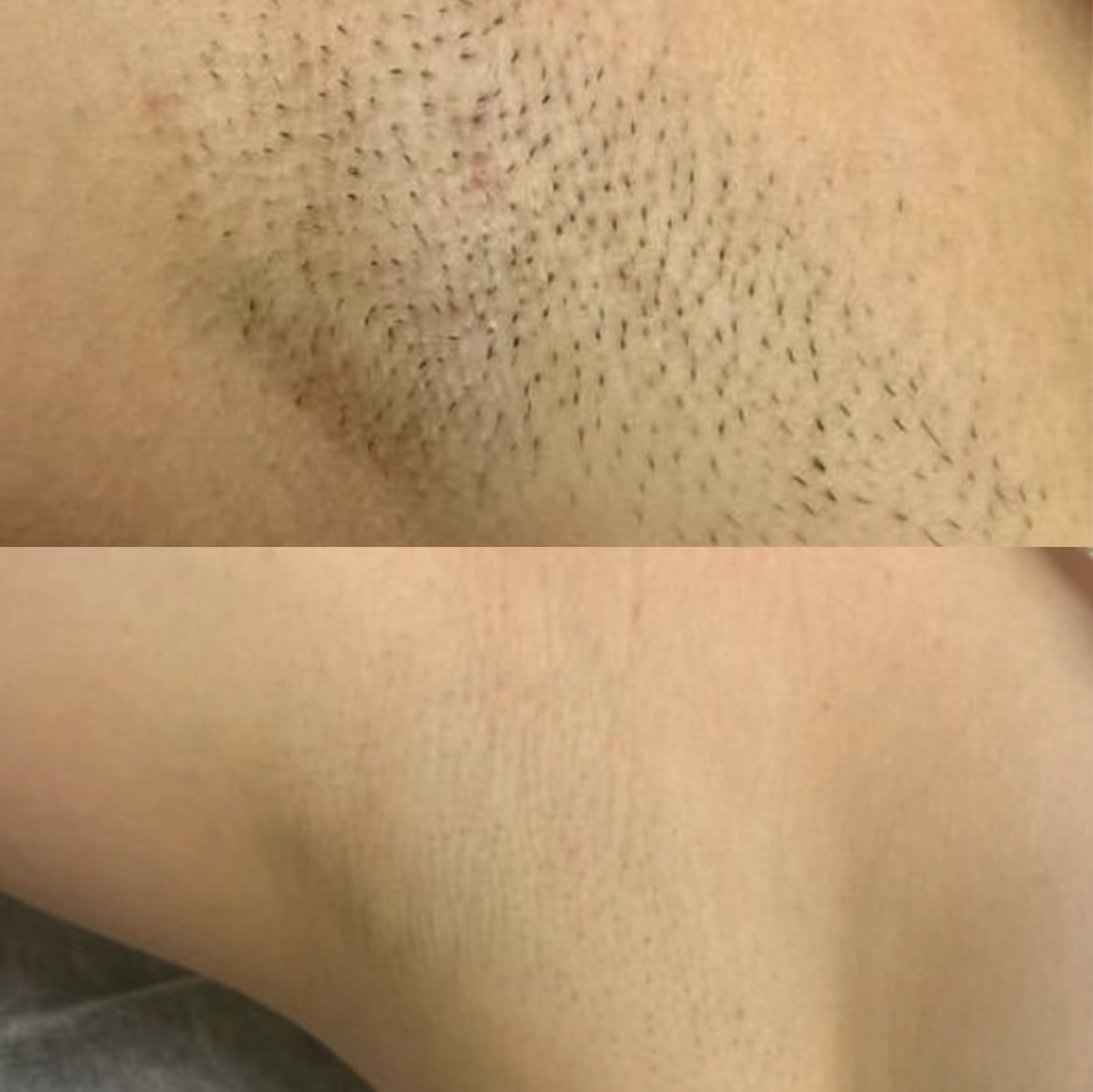Diode laser hair removal has become a popular choice for people looking for a long-term solution to remove unwanted hair. This method uses advanced technology to effectively target hair follicles with specific wavelengths (755nm, 808nm and 1064nm). However, a common question is: will hair grow back after diode laser treatment? In this blog, we will explore how diode laser hair removal works, the effectiveness of different wavelengths, and factors that influence hair regrowth.
Mechanism of diode laser hair removal
Diode laser hair removal machines work by emitting concentrated beams of light that are absorbed by the pigment in the hair follicles. The energy from the laser is converted into heat, which damages the follicles and inhibits future hair growth. The 755nm wavelength is particularly effective on lighter skin tones and finer hair, while the 808nm wavelength is versatile and suitable for a variety of skin types and hair textures. The 1064nm wavelength penetrates deeper and is ideal for darker skin tones. This multi-wavelength approach allows for a more comprehensive treatment that effectively addresses a variety of hair types and skin tones.
Benefits of Diode Laser Therapy
Clinical studies have shown that diode laser hair removal can significantly reduce hair growth after a series of treatments. Most patients experience a noticeable reduction in hair density, and many report permanent hair loss in the treated areas. However, it is important to understand that treatment results may vary depending on individual factors, such as hair color, skin type, and hormonal influences. While many people enjoy long-lasting results, some may experience regrowth of hair over time, particularly if the hair follicles are not completely destroyed during treatment.
Factors that affect hair growth
Several factors can influence whether hair will grow back after diode laser hair removal. Hormonal changes, such as those experienced during pregnancy or menopause, can stimulate hair growth in previously treated areas. Additionally, people with certain medical conditions, such as polycystic ovary syndrome (PCOS), may find that their hair grows faster than others. It’s also important to note that hair grows in cycles, and not all follicles will be in the same growth phase during treatment. This means that multiple treatments are often required to achieve optimal results.
The importance of professional treatment
To maximize the results of diode laser hair removal, it is essential to seek treatment from a qualified professional. A trained technician will assess your skin type and hair characteristics to determine the most appropriate wavelength and treatment plan. They will also ensure that the diode laser machine is properly calibrated for your specific needs, minimizing the risk of side effects and increasing the likelihood of successful hair removal. Professional treatment not only improves results, but also ensures safety and comfort during the procedure.
Post-Treatment Care and Expectations
After receiving diode laser hair removal, patients should follow specific aftercare instructions to promote healing and minimize the risk of complications. This may include staying out of the sun, avoiding hot baths or saunas, and using soothing creams as recommended. While some people may notice hair loss right away, others may see it over the next few weeks. It is important to maintain realistic expectations and understand that multiple treatments are often required to achieve optimal results.
Conclusion: Long-term outlook
In summary, diode laser hair removal is an effective method for reducing unwanted hair, and many people achieve long-lasting results. While some hair may regrow over time due to a variety of factors, the overall results of the treatment are remarkable. By understanding the mechanisms of diode laser technology, the importance of professional treatment, and the factors that influence hair regrowth, individuals can make an informed decision about their hair removal options. If you are considering diode laser hair removal, consult a qualified professional to discuss your specific needs and expectations.
Post time: Dec-20-2024





